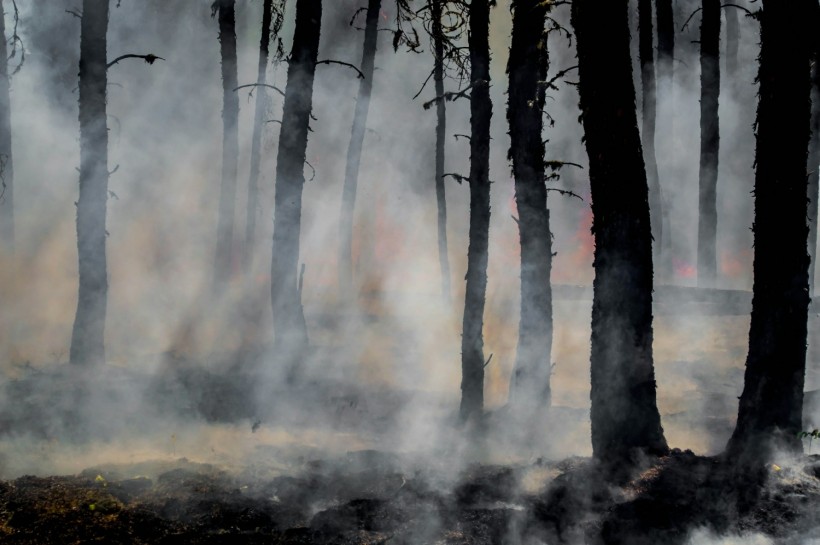[ad_1]
Wildfires could spark and spread in forested and grassy areas of the Ohio Valley and Mid-Atlantic regions of the United States until midweek. This comes after the National Weather Service (NWS) issued elevated fire weather conditions across the said regions where strong, gusty winds and dry air may produce an environment favorable for fire growth. The fire weather alert was issued following the containment of historic wildfires in the Texas Panhandle.
Although humans also cause wildfires in the US, rising temperatures and drought conditions amid climate change is also increasing the frequency and intensity of these extreme events. Over the past decade, the drought-stricken Western US has seen devastating wildfires that impacted wildlife and local communities, including California, Kansas, Oklahoma, Nebraska, and Texas. Fire weather alerts were also issued during this period.
Fire Weather Alert

It was at 3:42 a.m. EDT (local time) on Tuesday, March 19, when the NWS’ Weather Prediction Center (WPC) issued the fire weather alert for the US regions mentioned earlier. Under the alert, elevated fire weather conditions are expected for Ohio Valley on Tuesday and for Mid-Atlantic on Wednesday, March 20. During this period, warm weather and humid air could aid the eruption of new fires or their spread.
The fire weather forecast affects several states across the Ohio Valley which includes parts of Ohio, Kentucky, Indiana, Pennsylvania, and West Virginia. Meanwhile, fire weather conditions could also reach the typically-colder states of the Mid-Atlantic, including New York, Virginia, Maryland, Delaware, and New Jersey. A fire weather watch is in place in the mentioned states which will be also impacted by the onset of the spring season.
Also Read: Multiple Fire Weather Alerts in Effect Over Parts of Texas as Dry Season Persists
What is Fire Weather?
Fire weather is defined as the “use of meteorological parameters” like soil moisture, relative humidity, wind speed and direction, and mixing heights. This usage is to determine whether environmental and weather conditions are conducive to fire growth and smoke dispersion, according to the NWS. In general, the issuance of fire weather alerts, including a fire weather watch or red flag warning, varies from state to state.
In the case of the US, meteorologists use the Keetch-Byram drought index (KBDI) as a reference to estimate the dryness of the soil. A higher value of KBDI can indicate that current conditions are favorable for the eruption and spread of wildfires. The weather service also clarifies that drought is not the only prerequisite for the occurrence of wildland fires, adding that atmospheric stability can also be a factor.
In recent years, deadly wildfires have been reported across the US, with the Smokehouse Creek Fire being the latest of these devastating natural disasters. The Smokehouse Creek Fire not only affected the northeastern Texas Panhandle but also western Oklahoma when it erupted on February 26 this year. In the aftermath of the winter season, further wildfires are expected in different US regions throughout the spring season.
Related Article: Fire Weather Forecast: Dry Conditions, Warm Temperatures Threaten Central US with Critical Fire Weather Conditions [NWS]
© 2024 NatureWorldNews.com All rights reserved. Do not reproduce without permission.
[ad_2]



